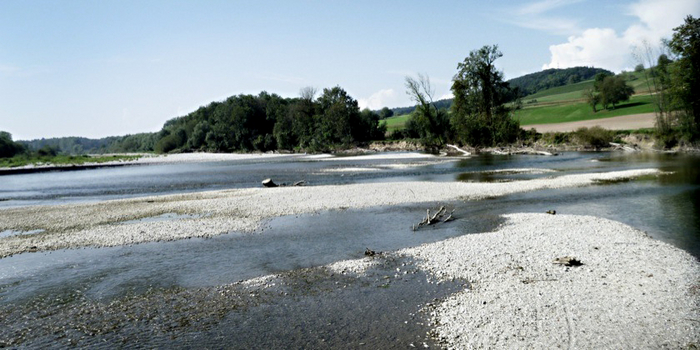Staff
Helen Moor


[[ element.title ]]
[[ element.title ]]
Curriculum Vitae
| [[ entry.date || 'empty' ]] |
[[ element.title ]]
Publications
[[item.title]]
[[ entry.title]]
[[ element.title ]]
Files
[[ element.title ]]
Address
| E-Mail: | helen.moor@cluttereawag.ch |
| Phone: | +41 58 765 6475 |
| Fax: | +41 58 765 5802 |
| Address: | Eawag
Überlandstrasse 133 8600 Dübendorf |
| Office: | FC D06 |
[[ element.title ]]
[[ element.title ]]
Expert on
ecology,
modeling,
biodiversity,
wetlands
[[ element.title ]]
Research Group
Ecological Modelling
